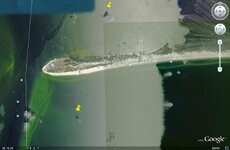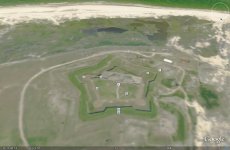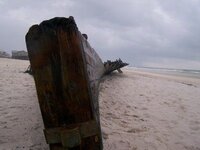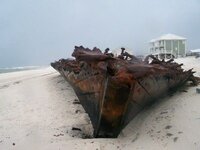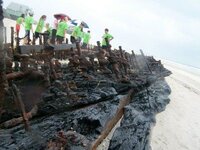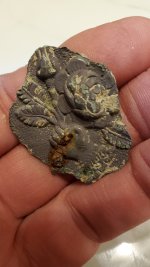FISHEYE
Bronze Member
- Feb 27, 2004
- 2,333
- 400
- Detector(s) used
- Chasing Dory ROV,Swellpro Splash 2 pro waterproof drone,Swellpro Spry+ wa,Wesmar SHD700SS Side Scan Sonar,U/W Mac 1 Turbo Aquasound by American Electronics,Fisher 1280x,Aquasound UW md,Aqua pulse AQ1B
- Primary Interest:
- All Treasure Hunting
It has been buried for decades under the sands of the Gulf in Fort Morgan, Alabama. Hurricane Ike uncovers this Union Civil War ship that was burned by Confederates during the Civil War.
http://www.ireport.com/docs/DOC-85854
http://www.ireport.com/docs/DOC-85854


 I will dig the sand with my hands so i will not damage the old wood
I will dig the sand with my hands so i will not damage the old wood 
